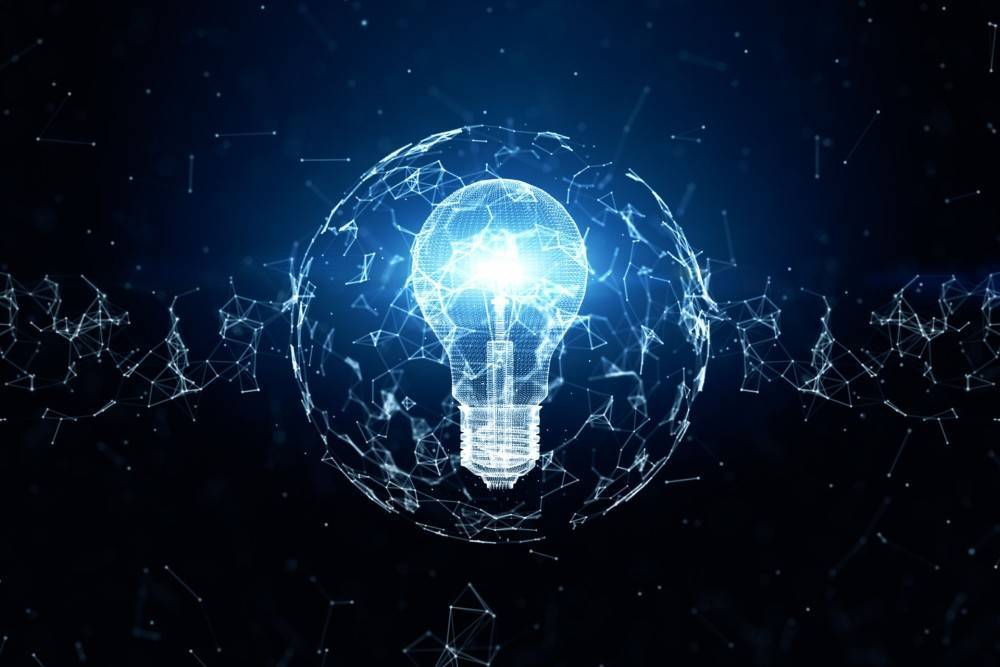When it comes to their IT landscapes, companies are under increasing pressure to transform. The goal is clear: to make systems fit for the future. AI-supported processes, cloud-based platforms, data-driven services, and other digital innovations are expected to maximize business success in the future. In reality, however, historically grown, cumbersome legacy systems are slowing down the drive for modernization in many companies. Strategically, this constellation leads to the following question: How can existing systems and processes be further developed in such a way that they offer future viability, scalability, and cost-effectiveness without jeopardizing the operational backbone of the company?
Don’t waste any time in modernizing your IT landscape
Stability and performance not guaranteed
The Lünendonk study “IT Modernization between Legacy, Cloud, and AI” reports that in nearly two-thirds of companies, business-critical applications do not meet current stability and performance requirements. The urgent need to modernize IT landscapes is also evident from another figure in the survey: Around half of companies can no longer guarantee the maintenance and further development of their legacy systems in the medium to long term.
Companies are under enormous pressure to modernize their IT systems. The main drivers are increasing security and regulatory requirements. The threat posed by cybercrime remains very serious, and existing security gaps in systems represent a significant risk to business operations. In addition, 80% of companies are pursuing modernization with the aim of simplifying their complex IT landscapes in order to implement further developments better and faster and to exploit new potential.
Demographic change is also increasing the pressure to modernize systems. In many IT departments, numerous employees will be retiring in the near future – and with them, extensive system expertise will leave the company. At the same time, it is difficult to find new employees for older programming languages and systems. This development also increases the urgency of modernization.
Hesitant willingness to invest
Significant investments are required to make the IT landscape fit for the future. However, companies are currently tending to be cautious in this regard – given economic uncertainty and increasing cost awareness. 91% are focusing more on maintaining the value of their existing core systems rather than making extensive adjustments. Nevertheless, 83% of respondents say they have sufficient funds to implement modernization projects. If the economy recovers, 78% expect IT budgets to be more generous in the future and see the current hesitation as a temporary phenomenon. Therefore, the modernization of IT systems remains an important strategic priority for companies.
Potential of AI for security and expertise
Artificial intelligence (AI) could prove to be a catalyst for IT modernization. At least, nearly three-quarters of companies expect AI to be able to detect and fix security vulnerabilities in existing systems, thereby making an important contribution to reducing cyber risks. 69% hope that AI will provide a better understanding of program logic, thereby reducing the workload on IT staff. Respondents also have high expectations of AI in the area of knowledge management: They expect it to analyze, document, and present complex system logic in an understandable way, thereby becoming an effective tool for countering demographic change. However, the reality is (still) different: There is currently a lack of trust in the technology, a lack of willingness to invest, and a lack of qualified employees who are able to use AI in a targeted manner.
Conclusion: Start modernization early
The modernization of IT landscapes is not a short-term project, but an ongoing task. Those who start today are laying the foundation for tomorrow’s competitiveness. The complexity involved should not be underestimated. In this respect, companies are well advised to define clear objectives, develop strategies, and clarify responsibilities at an early stage. It is important to note that this is about more than just technology. If a company wants to make its IT architecture future-proof, it depends on the harmonious interaction of technology, organization, and culture.
![IBacademy_Logo_blau[496] IBacademy_Logo_blau[496]](https://www.ibsolution.com/hs-fs/hubfs/IBacademy_Logo_blau%5B496%5D.jpg?width=200&name=IBacademy_Logo_blau%5B496%5D.jpg)







